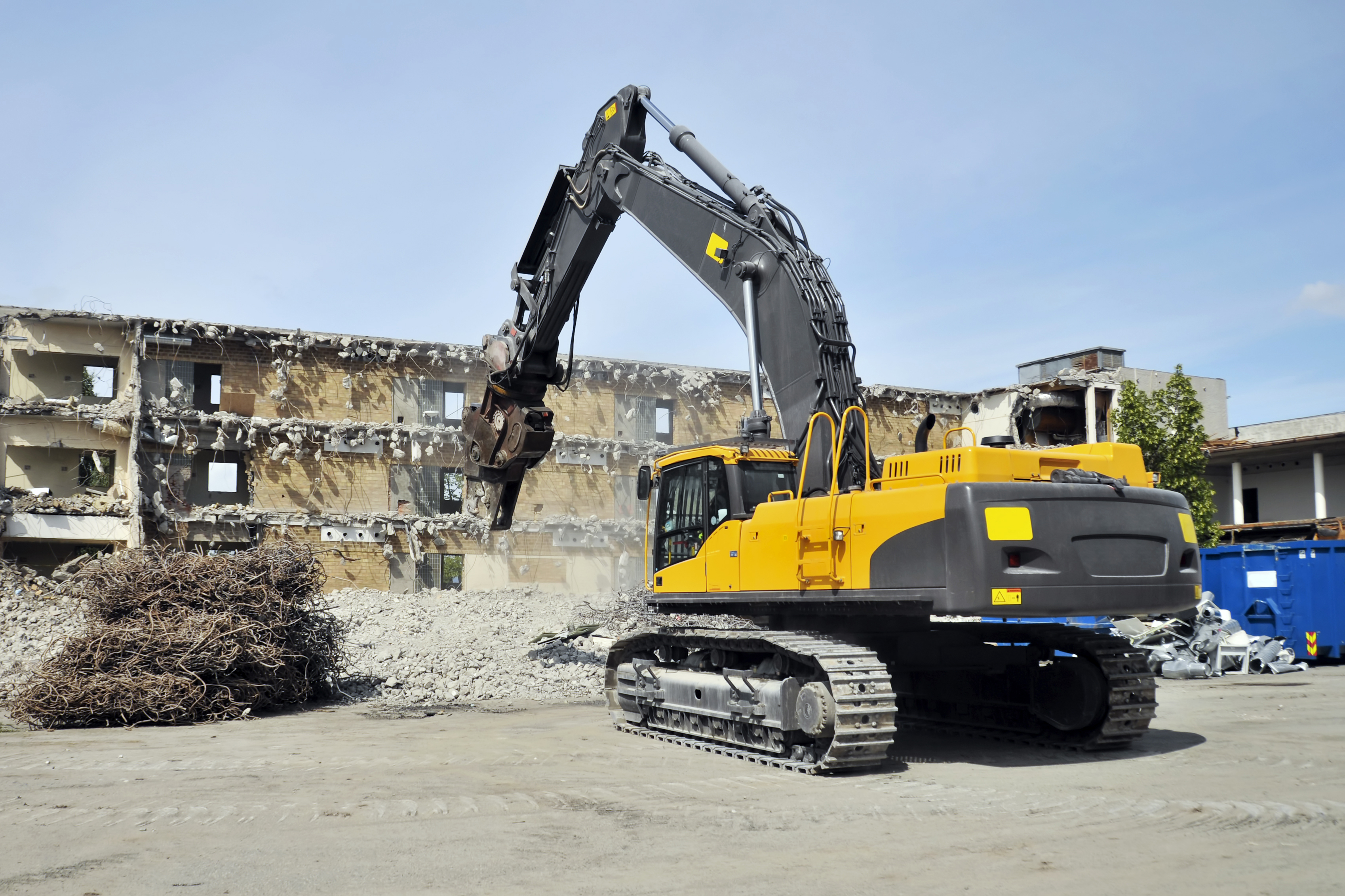
Hit by a moving vehicle
Published Oct 28, 2022
It is often well-known and discussed when considering fatal incidents in the workplace that falling from heights is the biggest contributor in the HSE’s annual summary statistics. However, do we often go beyond that and look at other significant contributors to those annual figures? Within the most current data (21-22), 29 fatalities were as a result of falling from height, but 23 fatalities were recorded as a result of being struck by a moving vehicle – this equates to 19% of the total number. In recent years, on average, being struck by a moving vehicle remains the second biggest killer in the workplace, but simple steps can often prove effective in managing this issue onsite.
What the law says
Vehicle and traffic movements are considered in several elements of health and safety legislation, but most notably:
- Reg. 17 of The Workplace (Health, Safety and Welfare) Regulations 1992
- Regs. 27 and 28 of The Construction (Design and Management) Regulations 2015
In each piece of legislation, the overriding statement is that every workplace / construction site must be organised in such a way that pedestrians and vehicles can circulate in a safe manner without risk to their health and safety. Traffic routes must be suitable and sufficient for the persons or vehicles using them in regard to their number, size, location and position. Whilst it is ideal to have separate routes and entrances for vehicles and pedestrians, it is expected that where they must be shared, sufficient separation between the two is maintained.
Employer responsibilities
Employer’s must take action to prevent risk from exposure to pedestrians coming into contact with vehicles on their sites. This duty extends to both their employees and non-employees, as dictated in sections 2 and 3 of The Health and Safety at Work Act 1974. Typical persons to consider include, but are not limited to:
- Employees and operatives associated with the working environment e.g. warehousing operatives
- Employees not associated with the working environment but might transit through the area
- Persons with impairments, protected characteristics, new and expectant mothers and young persons
- Visitors
- Inspectors
- Delivery drivers
- Members of the public
It is important for the employer to establish the responsibilities of persons whilst they are onsite and that this is closely managed. For example, a delivery driver is typically responsible for everything relating to the movement of their vehicle, whilst site workers are responsible for when the vehicle is stationary.
All visitors must be carefully managed whilst onsite, ideally escorted, but should receive clear instructions on site rules including the use of PPE where necessary. Communication between site workers and visitors is also crucial, and common signage and verbal communications must also be confirmed during site inductions.
Pedestrians and vehicles
Where reasonably practicable, every effort should be made to separate pedestrians and vehicles by using separate routes and entry / exit points. If, due to the nature of the site / building or operations, these routers are close together or shared then they must be suitably separated, typically using permanent physical barriers. Additional control measures can also be introduced including, but not limited to:
- One-way systems
- Reverse park-only parking bays
- Completing lighting surveys and improving lighting, particularly at the start and end of the day
- Introducing banksmen or traffic marshals
- Vehicle alarms, sensors and lights
- Restricting access to either vehicles or persons at specified times of the day
- Reviewing site signage and road markings to ensure they are current and visible
- Introducing traffic control measures such as speed bumps
- Collecting electric vehicles to a designated section of the site where pedestrians don’t travel through to avoid the potential of not hearing an oncoming vehicle
Risk assessment and monitoring
As with many health and safety processes, employers should carry out a risk assessment of their site(s) to establish if their employees and non-employees are likely to be exposed to vehicles during their expected time onsite, as well as checking that current risk controls are still effective. This is particularly important in relation to events that might take place on similar sites, or through advancements in technology, both in terms of new controls being introduced but also quieter electronic vehicles becoming more commonplace.
Monitoring of traffic routes and their associated controls can become part of general site inspections, however there is a workplace transport checklist (WTCHK1) available here, provided by the HSE, that can support employers in most work situations.
Further guidance and information
The HSE provide a wealth of guidance documents to cover the broad range of ‘vehicles at work’ topics, ranging from effective site management to driver safety. All of which can be accessed here. A key document for employers is ‘HSG136 A guide to workplace transport safety’, which breaks down the topic into workplace transport safety, safe site (design and activity), safe vehicle and safe driver.
Source: Dave Wright